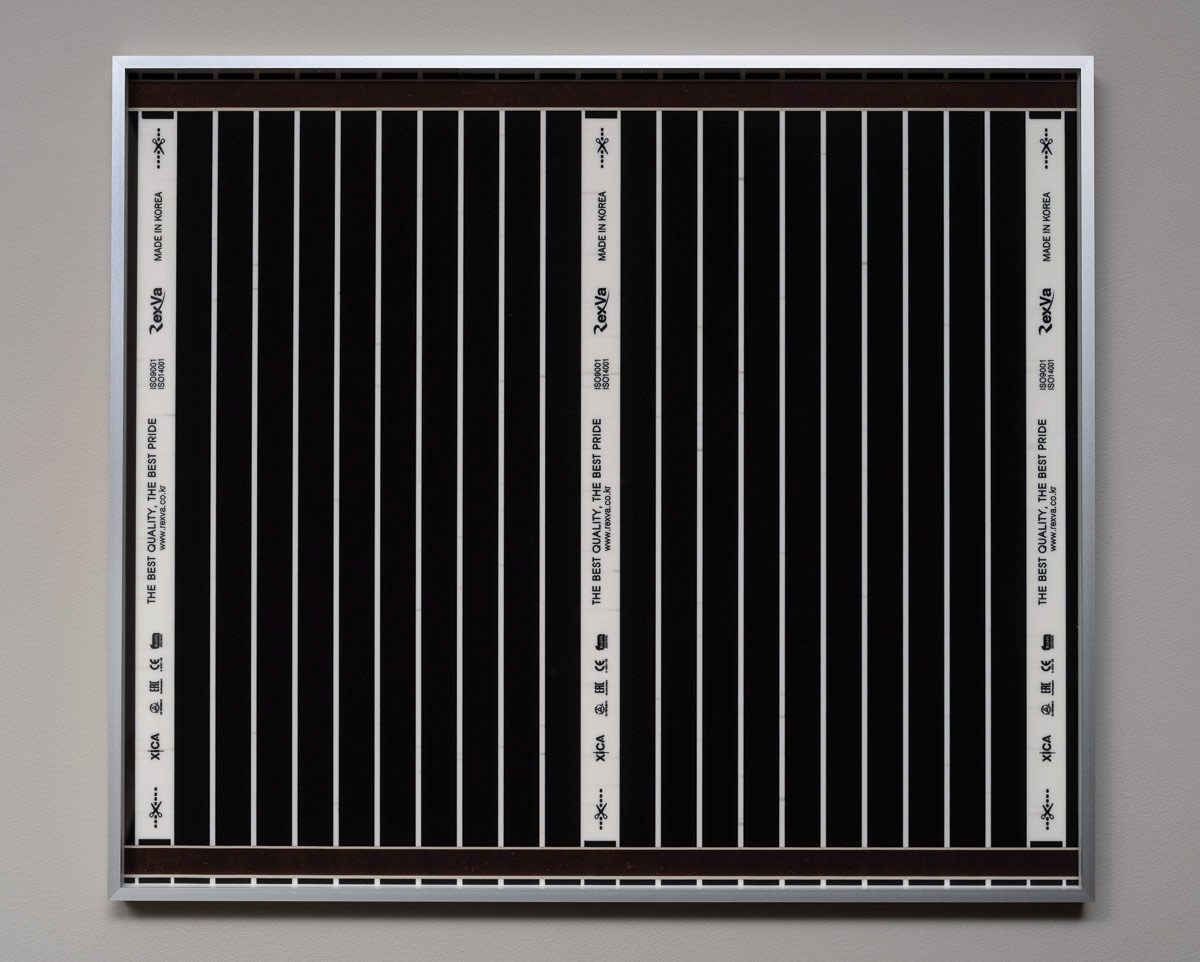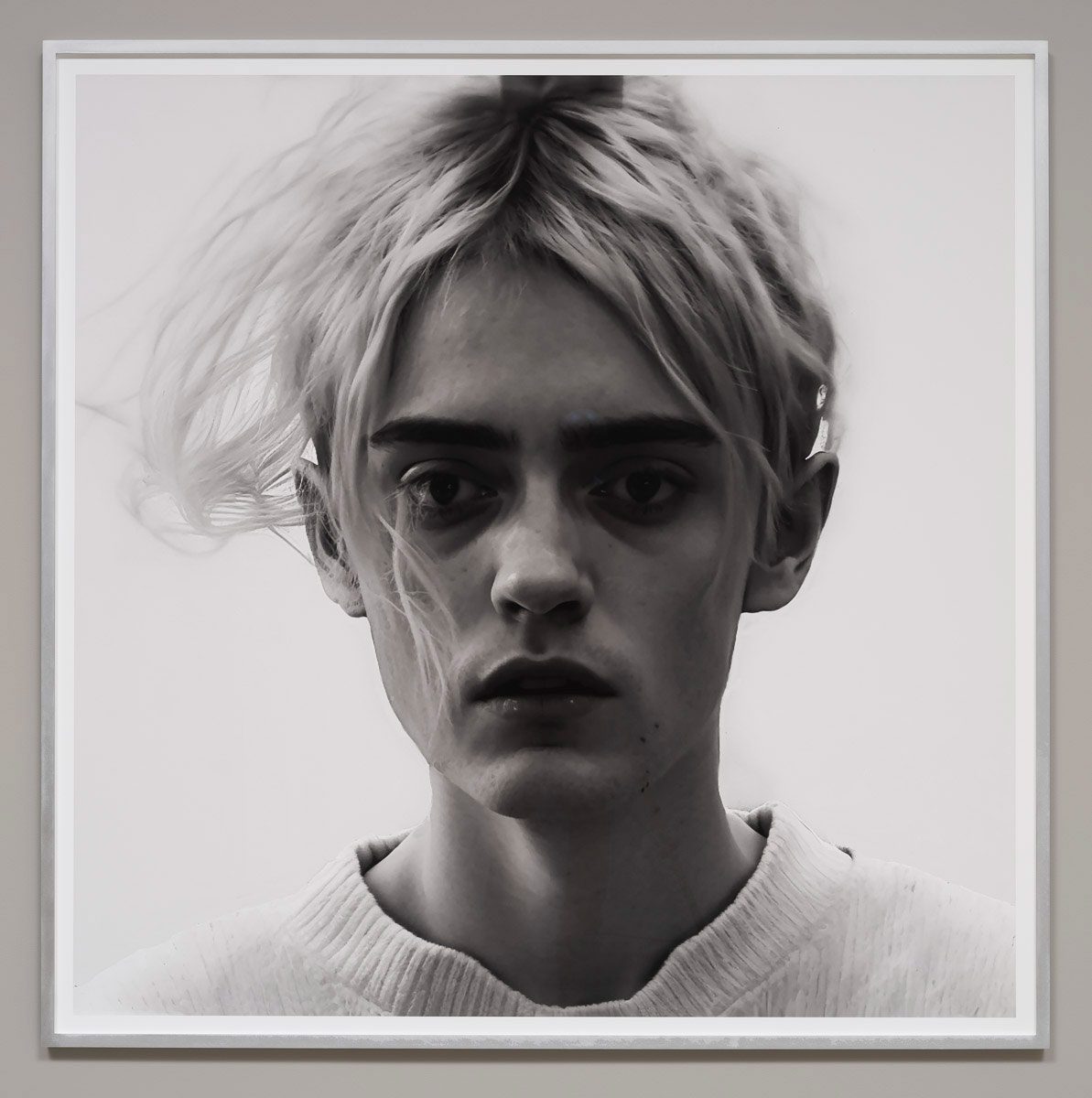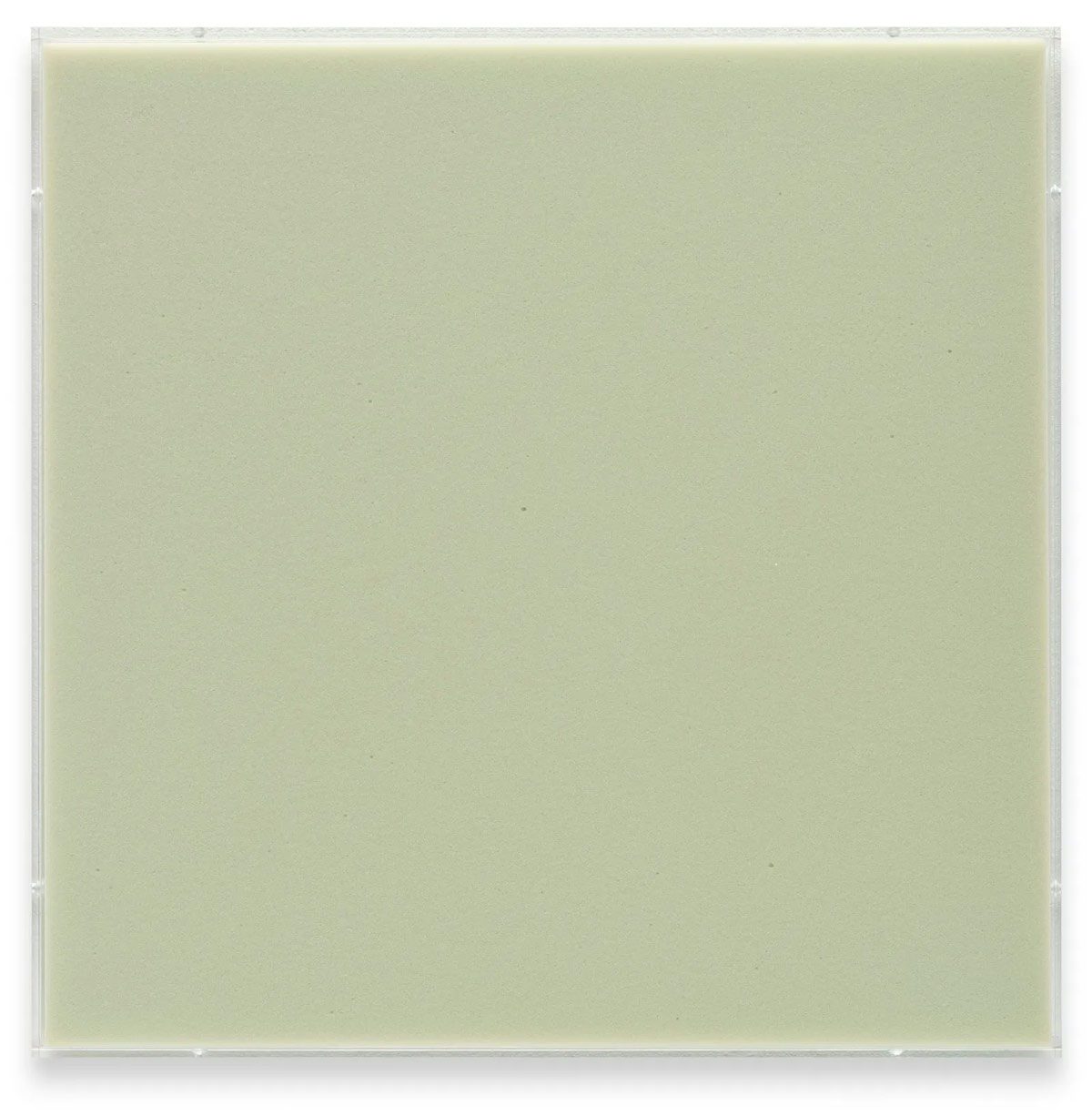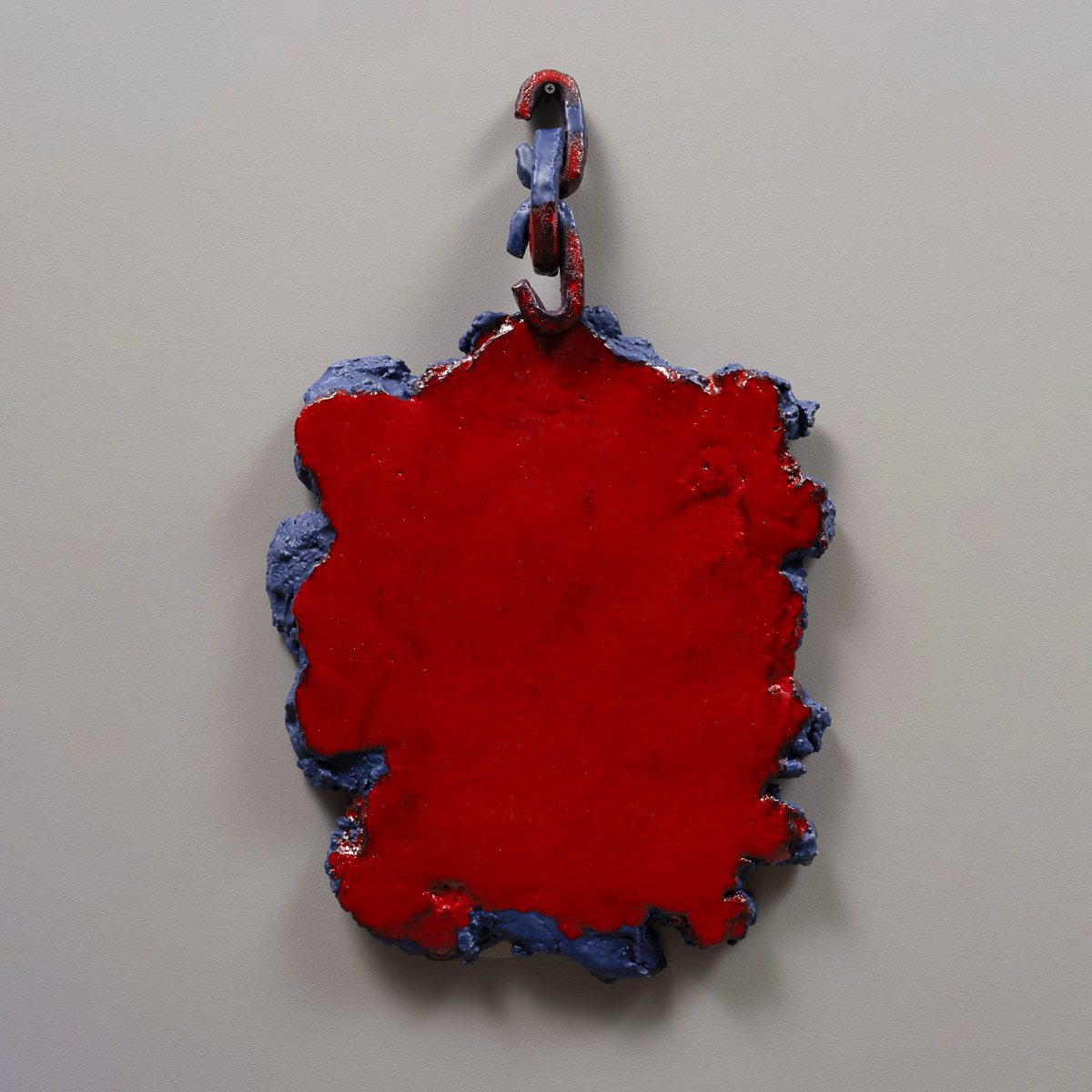ART CITIES: N.York-Rosemarie Trockel
Rosemarie Trockel is widely regarded as one of the most important and influential conceptual artists in Germany. Her sculptures, collages, ceramics, knitted works, drawings and photographs are noted for their subtle social critique and range of subversive, aesthetic strategies—including the reinterpretation of “feminine” techniques, the ironic shifting of cultural codes, a delight in paradox, and a refusal to conform to the commercial and institutional ideologies of the art system.
By Efi Michalarou
Photo: Gladstone & Sprüth Magers Galleries Archives
Rosemarie Trockel’s two-part exhibition (opening concurrently at Sprüth Magers and Gladstone galleries features new and historic artworks that explore motifs and themes spanning the artist’s multilayered oeuvre. The new works, created especially for “The Kiss” at Gladstone, are connected through a network of cross-references to both recent artworks and rarely shown historical works in “Material” at Sprüth Magers. Trockel blends conceptual challenges and material properties, notions of femininity and masculinity, everyday objects and art history. Both galleries’ presentations navigate between theoretical concepts and physical experiences, with the artist’s works confronting prevailing ideas, often revisiting and reevaluating her own work in the process. The galleries’ walls have been painted to match the color of each space’s floors, setting cohesive backdrops for the artworks. “The Kiss” at Gladstone Gallery continues the artist’s career-long investigation into complex social and artistic themes. Many works on view are based on industrially produced items turned on their head, exemplified by the striking cast of a prison cell door, which is quite literally turned upside down and suspended from the gallery ceiling. This reversal transforms the slot in the door—originally intended for passing food and restraining inmates—into the opening of a birdhouse through which a small creature takes flight, portraying captivity and freedom at once. The 2025 sculpture “The Kiss”, which lends the show its title, applies a similar twist to a domestic item: two TV screens made of aluminum are conjoined with their flat screens “kissing.” Echoing the exploration of domesticity seen in “Material”, the exhibition features work such as “Kerfuffle”, with its four ceramic hot plates, and the two works titled “Made in Germany” (all 2024), centered around coils from an induction cooktop. These recent pieces revisit Trockel’s long-standing and iconic use of the stove as motif, one that she began exploring in the 1980s and that appeared in Minimalist sculptures, reliefs, and objects, touching on the gendered realms in both domestic life and the art world. The ceramic works shown in the exhibition demonstrate Trockel’s range from amorphous to definite objects, with some abstract forms, such as “Time is Irresistible” (2017), fusing organic and mechanical elements. The red and blue wall sculpture appears to be suspended by robust but noticeably open or broken chain links; its lustrous yet irregular surface resembling an unreliable mirror—a glossy one that fails to return a steady reflection and instead draws attention to the work’s texture, color and shape. While “Time is Irresistible” directly invokes the concept of time in its title and potentially through its irregular form, the passage of time takes on a different, more personal and cumulative dimension in Trockel’s latest sofa sculpture—a motif that has taken on various iterations throughout her decades-long career, each defying expectations and embracing ambiguity. “Wette gegen sich selbst” (2005/24) is constructed of plexiglass and instead of springs, six oven heating elements line the bottom of its sleek seat. In the backrest, four boxes hold a record collection, each set of several vinyls opening a spiderweb of references to personal history and cultural significance, spanning art, music and literature. The work is completed by a sculpture from 2005, which is integrated into the back of the sofa and gives it its title: a rubber face is forever caught between a relentlessly ticking clock and its own warped reflection. The series of prints “Blind Mother” (2023/25) uses the artist’s photographs and merges them into composite images with the help of generative artificial intelligence. The process results in entirely new portraits that reveal distinct and peculiar imperfections: a strand of hair grows from an eyeball, and a malformed hand is indicative of the use of early-stage algorithms that, only two years later, produce eerily perfect faces. In “Blind Mother”, Trockel revisits her own work, subjecting her photographic source material and subjects it to a transformative process that questions authorship, the nature of portraiture, and the evolving role of technology in artistic creation. This act of re- interpreting existing elements, whether her own past works or established visual conventions, is a fundamental aspect of Trockel’s practice.
“Material” at Sprüth Magers showcases a selection of tension-filled pieces rich in binary oppositions, inviting exploration of contrasting concepts such as firmness versus softness, external versus internal, opaque versus transparent, humanity versus animality, and nature versus culture. Many of Trockel’s sculptural works cleverly play on these dichotomies by juxtaposing materials and ideas. For example, her casts of white or black cuts of meat, mounted on curved clear plexiglass panels, vividly evoke the complex interplay of disgust and pleasure, questions surrounding value and objectification, and brutality. At the same time, they allude to the innovations of twentieth-century art, particularly its popular use of the plastic shatter-proof alternative to glass. “Less-than” (2017), a series of plexiglass wallworks, recalls the punch cards that once stored fabric designs for the semi-automated loom. Referring to this eighteenth-century invention that marked a pivotal moment in the history of computing hardware, the work engages with feminism, artistic production, craft, industrial production and originality. These works relate to her influential “knitting paintings,” with which Trockel first garnered attention in the 1980s. Made from wool and machine- produced, these pieces interact with perceptions surrounding masculinity and manufacturing, yet are deeply intertwined with the materials associated with women’s labor and the techniques of traditionally feminine handicrafts. The sculpture “Lol Stein” (ca. 1990), named after Marguerite Duras’ novel “The Ravishing of Lol Stein”, serves as a tribute to one of the most important French literary figures. Duras’ story challenges patriarchal discourse by depicting a woman who confronts her psychological wounds through unconventional means, ultimately exploring her sexuality in a transgressive manner. Trockel’s sculpture comprises eleven small sponge rubber objects, lightly coated with paint in certain areas. Their diverse structures and forms, ranging from rounded mushroom-like shapes to those that resemble miniature cliffs, are presented like geological findings in a slender vitrine. These abstract visualizations of the novel’s themes play with malleability and the duality between softness and solidity, concepts underscored by the work’s title, as “Stein” not only refers to Duras’ protagonist but is also German for “stone.” The foam’s adaptability allows Trockel to create forms that evoke both domestic environments and conceptual ideas about identity, trauma and the female body. Works such as “Mute Servant” (2024) and “Speakers’ Corner” (2012) overtly address sociopolitical subjects, encapsulating the sense of resistance and violence that permeates much of the artist’s oeuvre. “Mute Servant”, a ceramic cast of an eighteenth to nineteenth-century musket, represents one of the first firearms designed for mass production, invoking a historical link to brutal societal conflict. Conversely, “Speakers’ Corner”, comprised of two ceramic boxes, draws directly from the public area designated for political debate. The most famous of these is in London’s Hyde Park, which is often held up as a bastion of freedom of speech and has attracted influential figures such as Karl Marx, George Orwell and Marcus Garvey, as well as being a meeting venue for the Suffragettes. Speakers used soapboxes as platforms to stand on during their speeches, which is the form poignantly referenced here to reflect on today’s tumultuous political climate. Trockel also frequently employs more traditional architectural elements, such as doors and windows, as recurring motifs, drawing on their rich art historical associations and referencing Duchamp’s ironical take on Alberti’s definition of painting as an open window onto the world. In Time She Stopped (2004), for example, the pictorial square—a ceramic slab within a wooden frame that subtly echoes the form of a window—is punctured by a hole, inviting a dialogue with its art historical predecessors and the gendered constructs they embody, while also addressing the inherent limitations of representation. Both exhibitiond display the artist’s characteristic dark humor and tongue-in-cheek wit, along with her remarkable ability to recombine and recontextualize familiar forms and motifs in new and ambiguous ways. Trockel’s approach is grounded in her ability to deftly combine different materials together into resolved and aesthetic compositions that pursue beauty within their formal solutions. Across both exhibitions, Trockel’s ongoing engagement with themes of domesticity, technology, the body and art history create a rich dialogue with her oeuvre/
Photo: Rosemarie Trockel, Time is Irresistible, 2017, Ceramic, glazed, 29 1/2 x 18 1/2 x 2 inches (75 x 47 x 5 cm), © Rosemarie Trockel / Artists Rights Society (ARS), New York, Courtesy the artist, Gladstone Gallery and Sprüth Magers Gallery
Info: Gladstone Gallery, 515 West 24th Street, New York, NY, USA, Duration: 7/5-1/8/2025, Days & Hours: Tue-Sat 10:00-18:00, www.gladstonegallery.com/ & Sprüth Magers Gallery, 22 East 80th Street, 2nd Floor, New York, NY, USA, Duration: 8/5-1/8/2025, Days & Hours: Tue-Sat 10:00-18:00, https://spruethmagers.com/
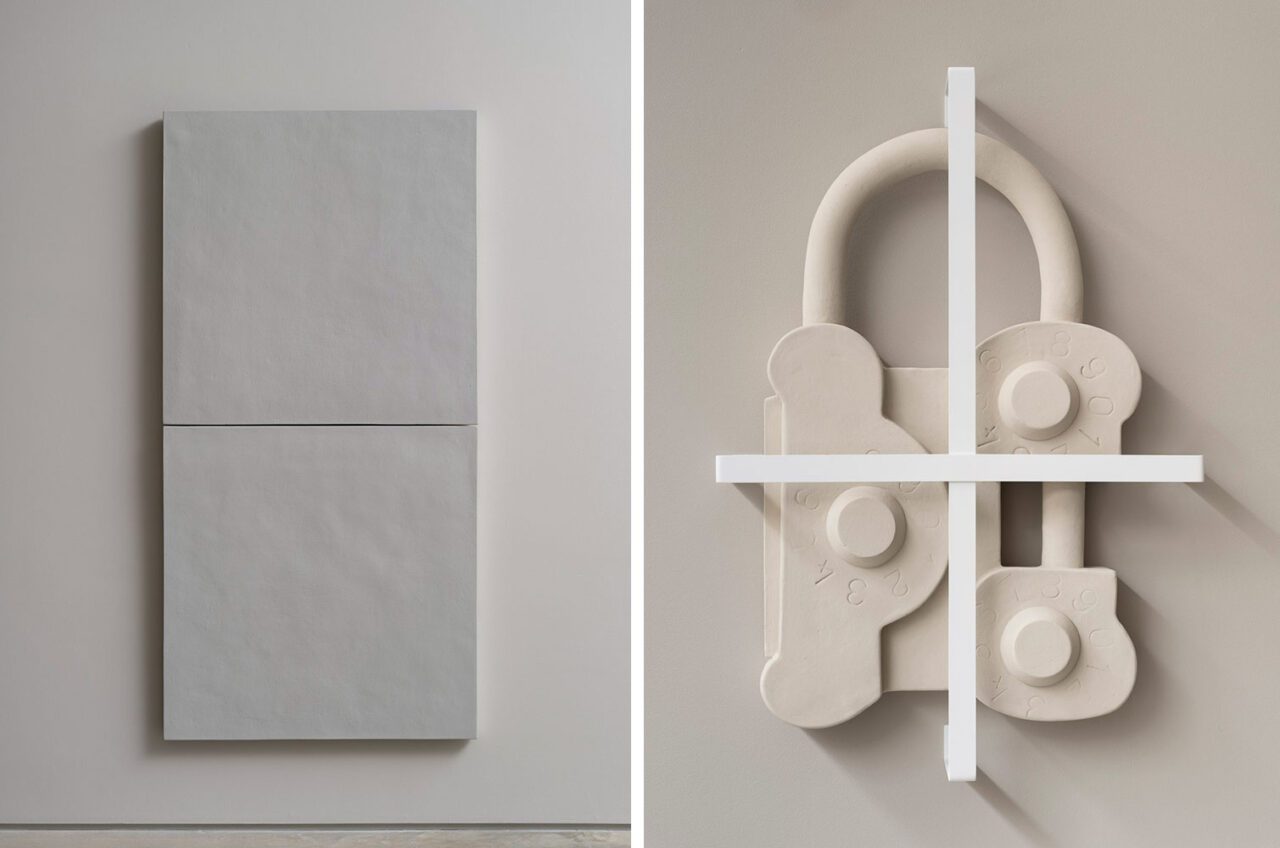
Right: Rosemarie Trockel, The Oracle of Delphi, 2011 Acrystal, steel, plastic, Edition 1 (+1 AP), 30 x 20 x 50 cm, 11 7/8 x 7 7/8 x 19 3/4 inches, © Rosemarie Trockel / Artists Rights Society (ARS), New York, Courtesy the artist, Gladstone Gallery and Sprüth Magers Gallery
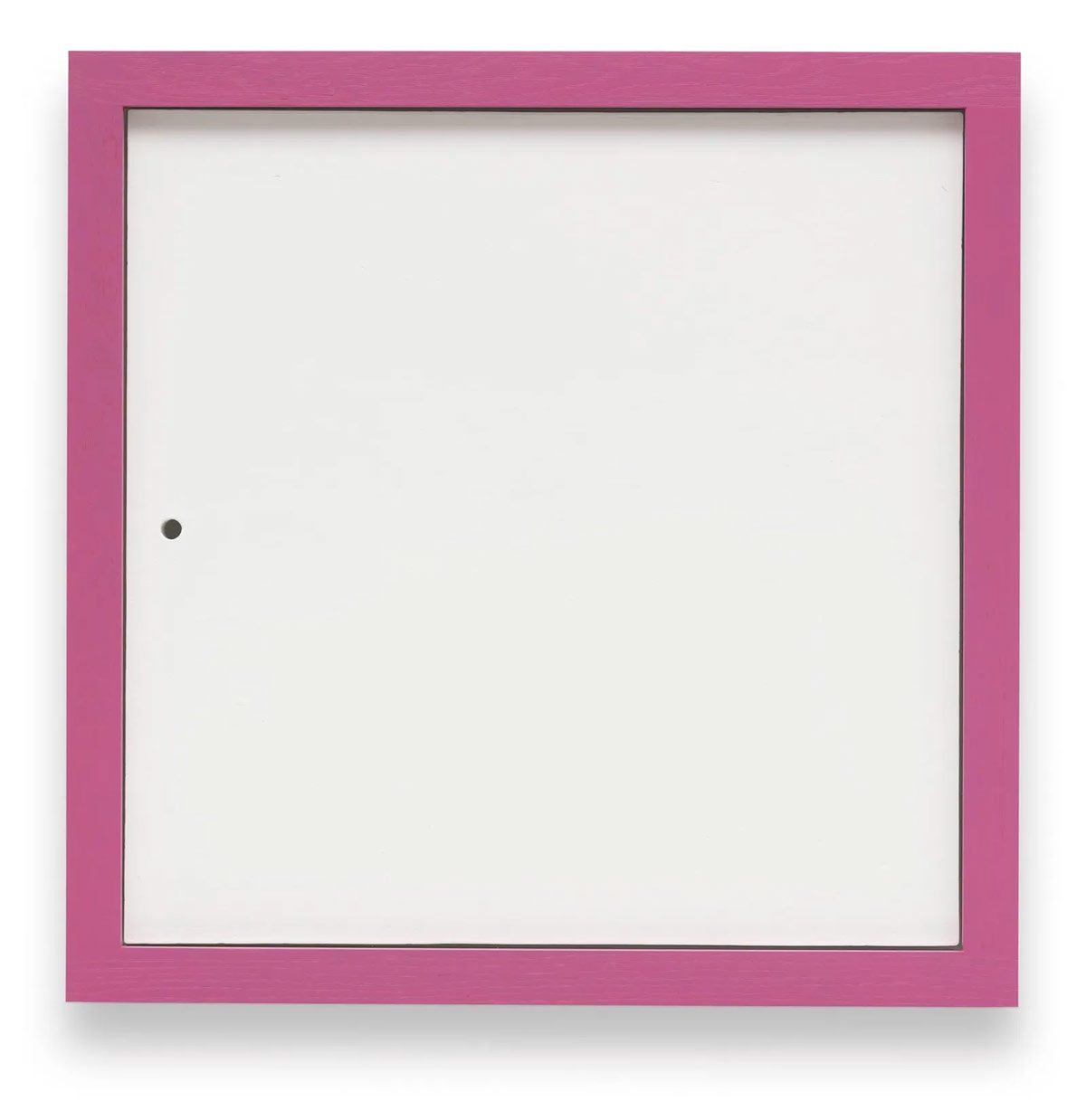
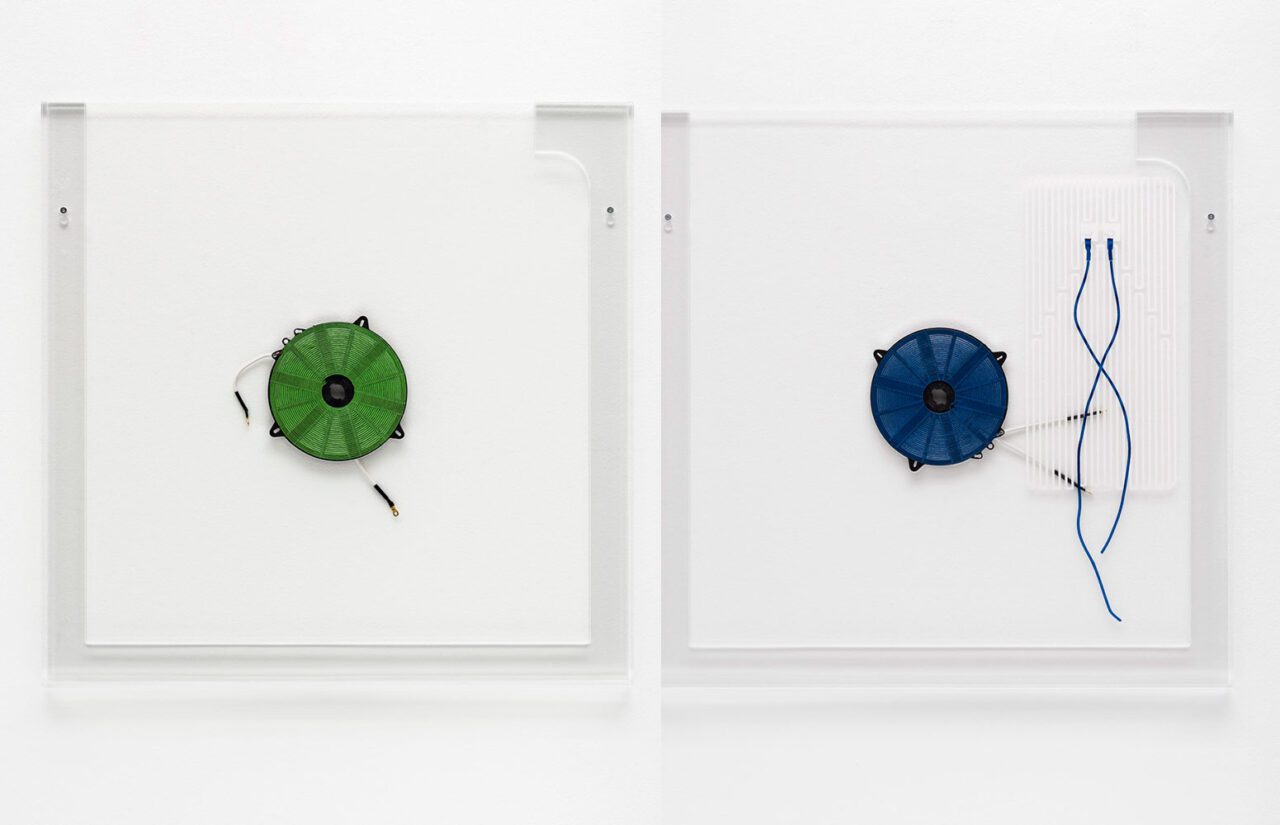
Right: Rosemarie Trockel, Made in Germany, 2024, Plexiglas, heating element (copper, plastic), paint (green), silkscreen print, 31 7/8 x 31 7/8 x 1 1/8 inches (81 x 81 x 3 cm), © Rosemarie Trockel / Artists Rights Society (ARS), New York, Courtesy the artist, Gladstone Gallery and Sprüth Magers Gallery
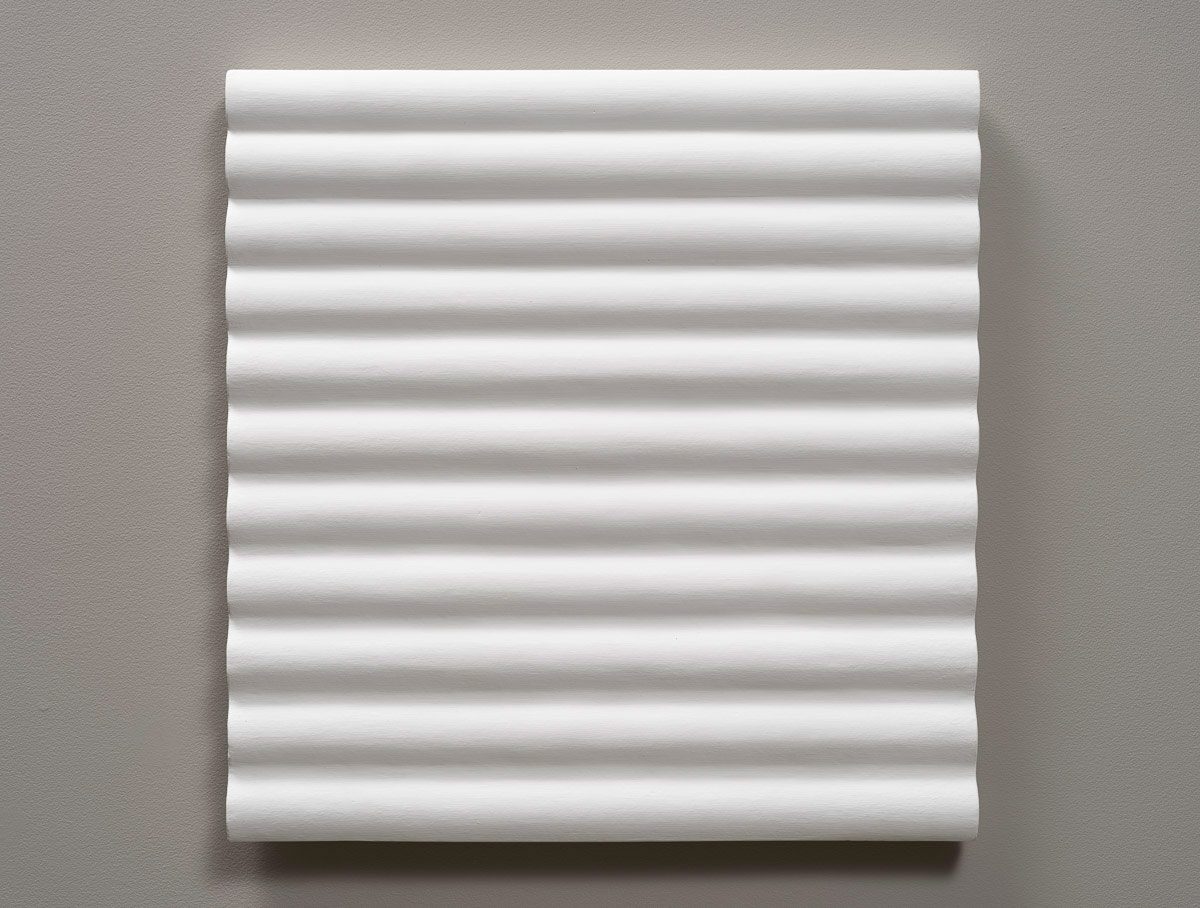
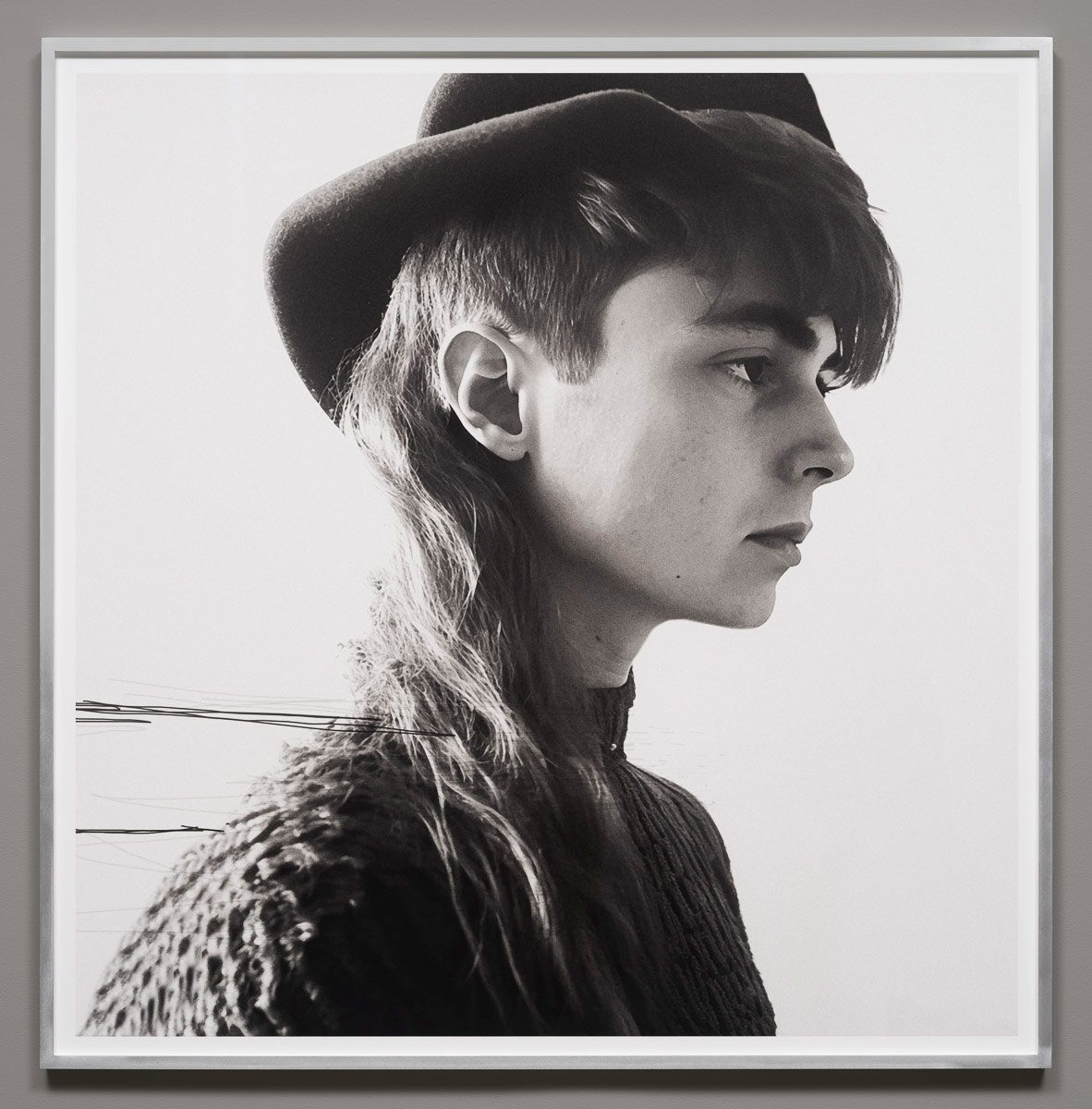
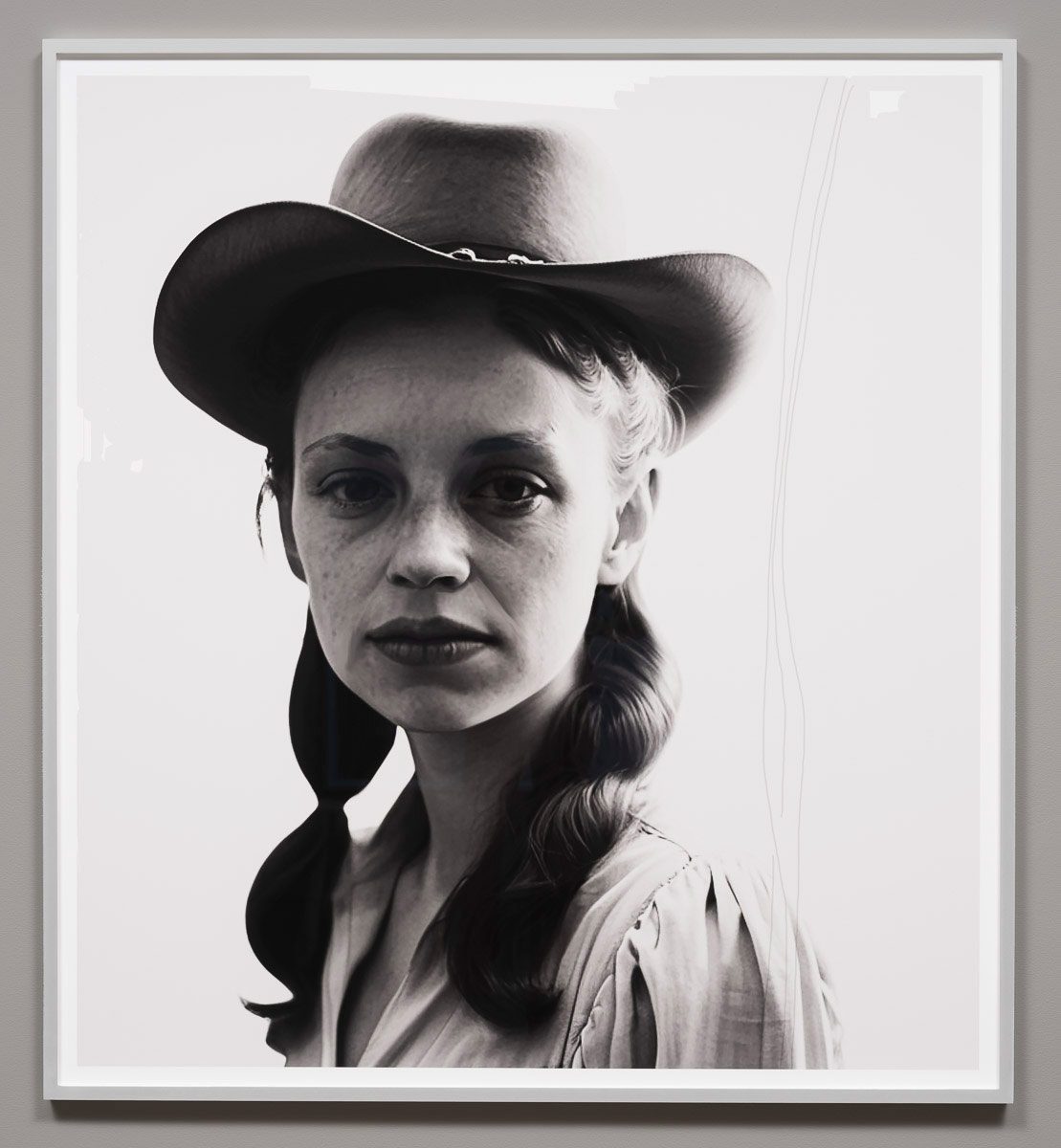
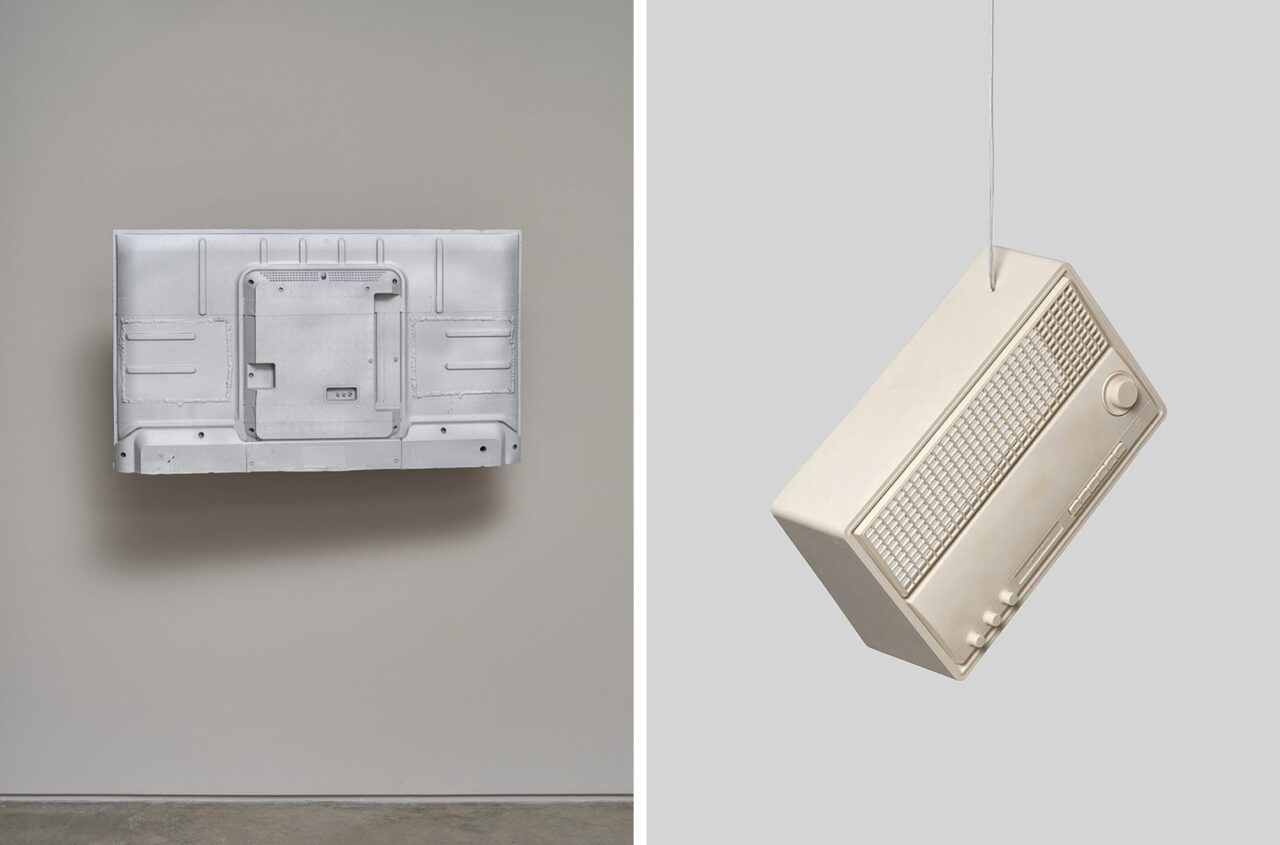
Right: Rosemarie Trockel, The Oracle of Delphi, 2011 Acrystal, steel, plastic, Edition 1 (+1 AP), 30 x 20 x 50 cm, 11 7/8 x 7 7/8 x 19 3/4 inches, © Rosemarie Trockel / Artists Rights Society (ARS), New York, Courtesy the artist, Gladstone Gallery and Sprüth Magers Gallery
